
Hifoune Forklift produces a full range of internal combustion counterbalanced forklift trucks, electric counterbalance forklift trucks, and electric warehouse equipments, please share your need.


Xiamen Hifoune Machinery Co., Ltd. is located in Xiang'an Industrial Zone, Torch High-tech Zone, Xiamen City. It focuses on providing customers with reliable and efficient material handling equipment and solutions. It is a professional company integrating R&D, manufacturing, sales and service, We have more than ten years of diesel forklift truck export experience. The company's main products include a full range of counterbalanced internal combustion forklifts, counterbalanced electric forklifts and electric storage forklifts. At the same time, it is equipped with a semi-automatic surface treatment production line and standard product testing equipment and platforms. We pursue to provide customers with high-quality products in the full range of products, and to provide customers with considerate services in all aspects. Our current products have been sold to 74 countries and regions around the world. We have not only established numerous agency channels in the Middle East, Southeast Asia and South America, but also have stable agents in mature markets such as Europe and North America. Our products and services are getting more and more recognition and acceptance.


Ever since HIFOUNE FORKLIFT was founded, we have been working hard to explore the forklift market in different areas, our quality products as well as quality service contribute to gaining continuous support from our valued customers, we look forward to more business-ship with partners around the world.

Hifoune Forklift produces a full range of internal combustion counterbalanced forklift trucks, electric counterbalance forklift trucks, and electric warehouse equipments, please share your need.
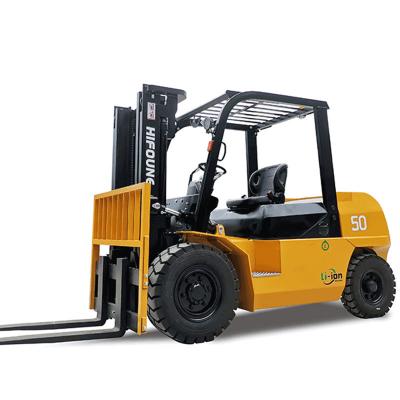
Read More
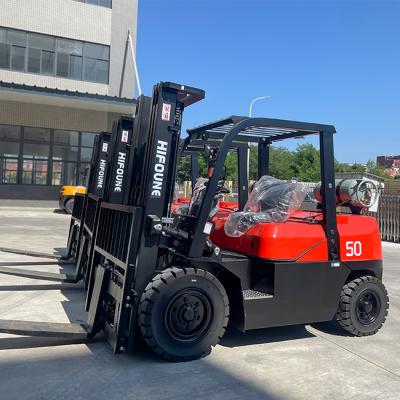
Read More
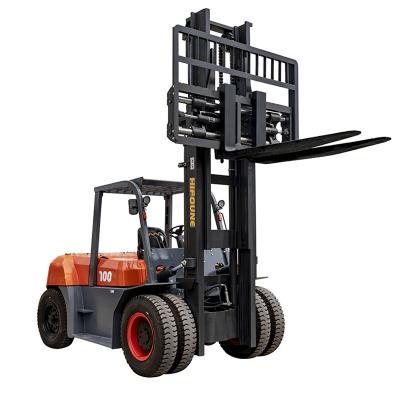
Read More
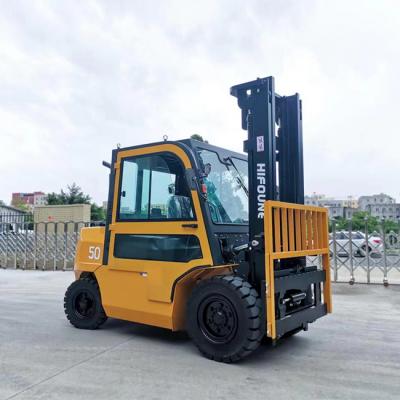
Read More
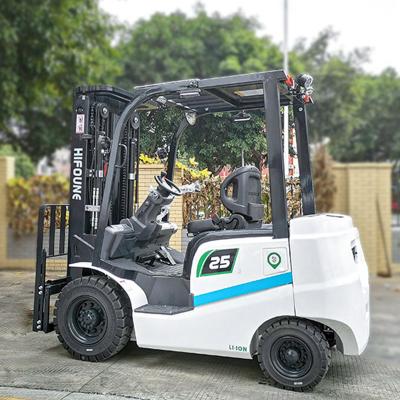
Read More
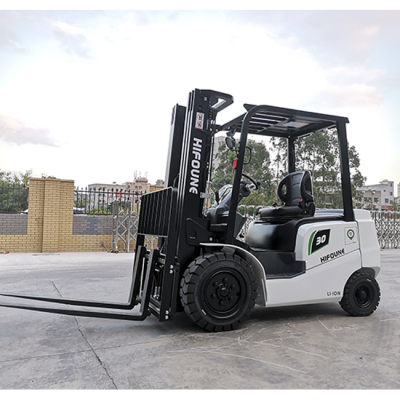
Read More

Ever since HIFOUNE FORKLIFT was founded, we have been working hard to explore the forklift market in different areas, our quality products as well as quality service contribute to gaining continuous support from our valued customers, we look forward to more business-ship with partners around the world.

Hifoune Forklift produces a full range of internal combustion counterbalanced forklift trucks, electric counterbalance forklift trucks, and electric warehouse equipments, please share your need.

HIFOUNE FORKLIFT strives to develop a wide range of lifting solutions, we inprove quality and choics to provide customers with the most reliable forklifts.